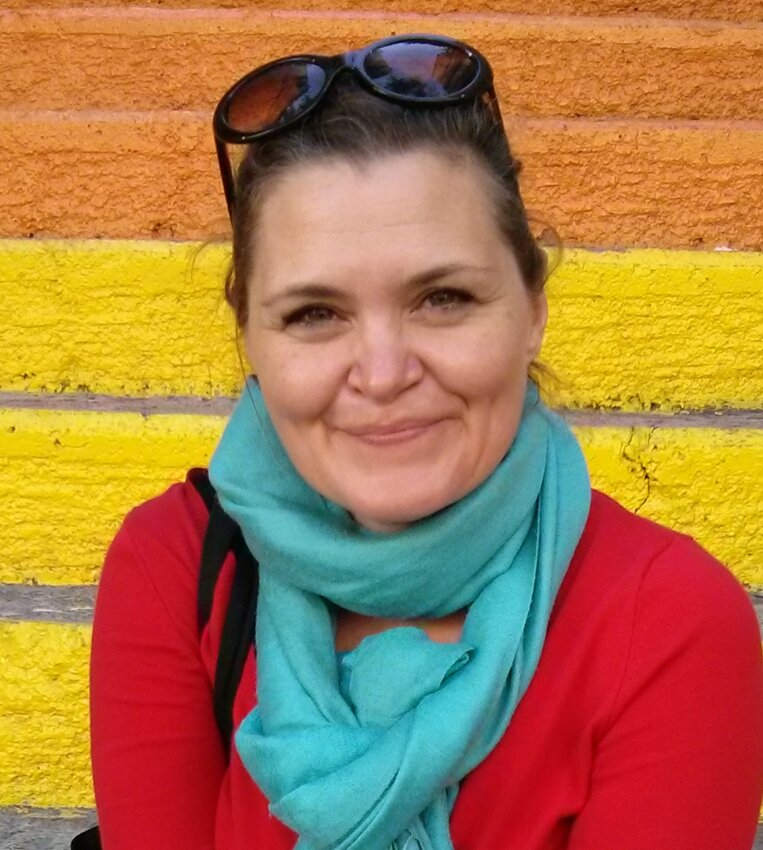Over the last few years, news leaders have discussed diversity at conferences and launched initiatives to address historical disparities in their reporting and their ranks. However, a recent study shows little traction in making actual change in the most elite sector of newsrooms.
The recent two-year study, “The Damned Pipeline, A U.S. News Industry's Broken Parity Promise,” was conducted between 2021 to 2023 by a special task force of the National Association of Hispanic Journalists (NAHJ). It highlights a significant lack of diversity within investigative news teams across major metro newsrooms in the United States.
“We know this is a problem,” said Mc Nelly Torres, one of the co-chairs of the task force that conducted the study. “But if we don’t have the numbers, if you don’t have the data, then the executives — the people in power — they’re going to say, ‘Oh, but you don’t have the evidence.’”
The authors surveyed newsrooms in the major metropolitan areas where resources are generally more available to fund investigative units. Out of nearly 180 reporters identified by the survey as working on news investigations nationwide, 60% were white, only about two dozen were Latino, 15 were Black, 19 were Asian or Pacific-Asian, and just two were Indigenous.
The study’s authors say these numbers are evidence that investigative units don’t reflect the communities they cover, and that’s a problem.
“Communities of color, when they don’t see themselves in the stories, won’t consume. They’re not going to go and look to that paper for information,” explains Torres. “You don’t have people they trust who understand their communities.”
A deeper look at the numbers
The findings show significant disparities across many groups:
According to the study, this situation is even more dire for leadership roles in investigative units. Survey participants indicated that 75% of investigative editors were white — while only 12% of their leaders were Latino and just 5% were Black.
Credit: NAHJ
While there has been some progress in gender diversity — with 44% of reporters and 46% of editors identifying as female — the ranks remain predominantly white, failing to reflect the country’s demographics or the diverse communities they serve.
The NAHJ special task force was led by Torres, an editor at the Center for Public Integrity (CPI), and Yvette Cabrera, a reporter at CPI and NAHJ’s board chair. It included members of the National Association of Black Journalists, the Asian American Journalist Association and the Indigenous Journalist Association.
The lack of progress in diversifying investigative teams remains a topic national news leaders are reluctant to address directly, said Torres. “We put so much effort into reaching newsroom leaders. We didn’t just send surveys by email. We made phone calls. People put in long hours. And we had representatives in newsrooms ask their editors to participate directly.”
Despite those efforts, only 22 of the 45 news organizations responded to the task force’s inquiries for information. Torres noted major news outlets like The New York Times and The Washington Post declined to engage or provide insights into their diversity hiring practices — highlighting a broader reluctance within the industry to address these issues transparently.
However, some organizations are willing to engage in discussions and transparency regarding their hiring records. The Los Angeles Times, which recently laid off dozens of staffers of color, was one of the few who met face-to-face with the NAHJ Task Force in January 2022 to discuss its efforts to diversify its investigative team.
The report isn’t all negative. It points to some positive advances made by specific organizations, including Ron Nixon’s leadership as the vice president of investigative, enterprise, partnerships and grants at The Associated Press for its efforts to both mentor and hire journalists of diverse backgrounds and to bring more journalists from across AP’s newsroom into investigative reporting projects.
To keep the issue at the forefront, the NAHJ task force members have partnered with Poynter and published essays from investigative journalists of diverse backgrounds to share their insights. The team said they are working to engage newsroom leaders in discussions about hiring practices, talent development and creating a supportive environment for journalists of color.
 Diane Sylvester is an award-winning 30-year multimedia news veteran. She works as a reporter, editor and newsroom strategist. She can be reached at diane.povcreative@gmail.com.
Diane Sylvester is an award-winning 30-year multimedia news veteran. She works as a reporter, editor and newsroom strategist. She can be reached at diane.povcreative@gmail.com.
Comments
No comments on this item Please log in to comment by clicking here